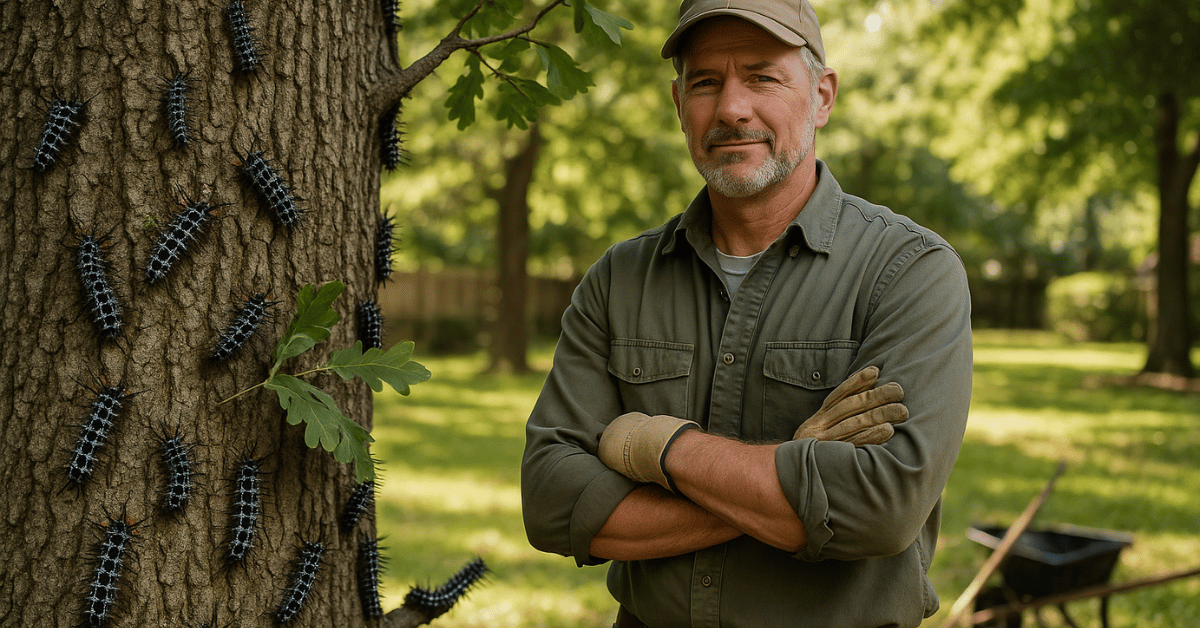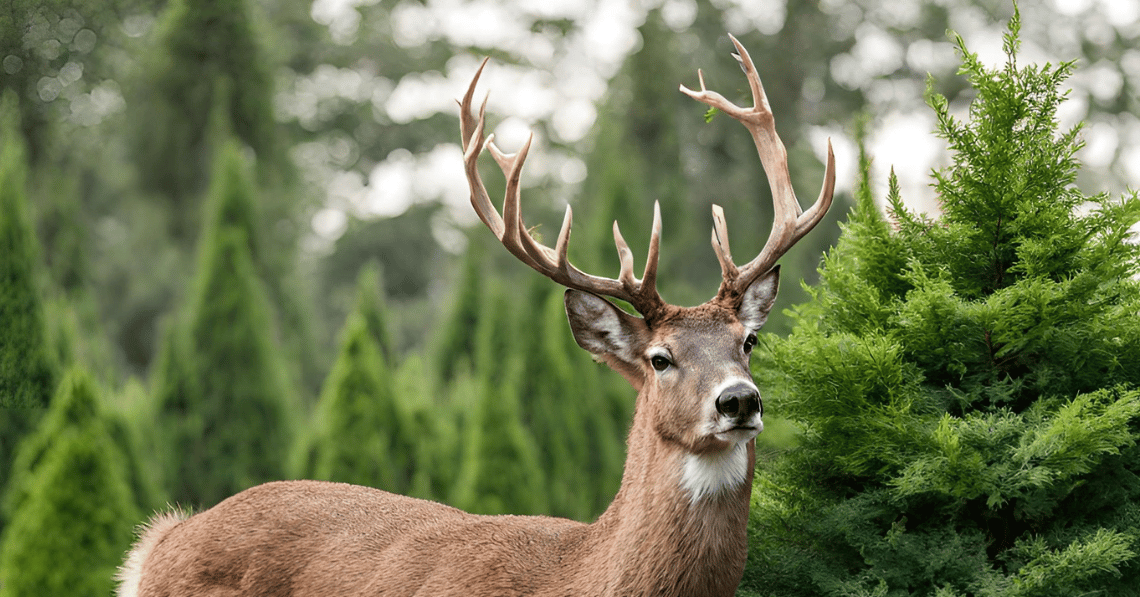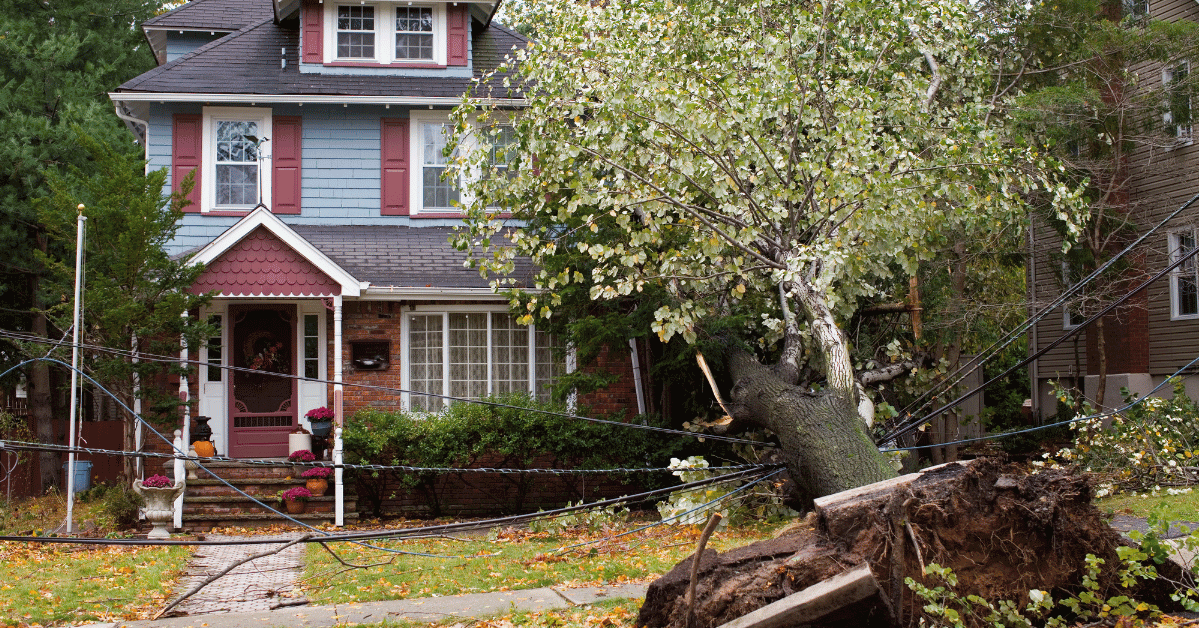Welcome to the fascinating world of bonsai trees, where every detail counts, and the effort put into creating these miniature landscapes pays off with breathtaking beauty. At Strobert Tree Services, we specialize in tree care in Delaware, Pennsylvania, and New Jersey, and we're here to help you navigate the exciting journey of caring for your bonsai tree, from maintenance to nurturing it into a thriving work of art.
Understanding Bonsai Tree Sizes
One of the first aspects to consider when delving into bonsai is the size of the trees. Bonsai sizes not only influence the aesthetic and placement of your tree but also dictate the care and maintenance routines. Here's a breakdown of how big bonsai trees can get:
Large Bonsai Trees
- Imperial (Eight-handed bonsai): These are the giants in the bonsai world, standing at 60-80 inches (152-203 cm). They require several people to move and manage.
- Hachi-use (Six-handed bonsai): Slightly smaller than the Imperial, these range from 40-60 inches (102-152 cm).
- Dai or Omono (Four-handed bonsai): These substantial trees measure 30-48 inches (76-122 cm) and are famous for outdoor gardens.
Medium-Size Bonsai
- Chiu or Chumono or Ōgata: These trees, needing two hands to manage, vary from 16-36 inches (41-91 cm).
- Katade-mochi or Chuhin: Smaller yet, these range from 10-18 inches (25-46 cm).
Miniature Bonsai
- Kumono or Kifu (One-handed bonsai): These compact beauties measure 6-10 inches (15-25 cm).
- Shohin or Chohin (One-handed bonsai): Even smaller, these are 5-8 inches (13-20 cm).
- Mame: Tiny enough to fit in the palm of your hand, they span 2-6 inches (5-15 cm).
- Shito (Fingertip size): These tiny treasures measure 2-4 inches (5-10 cm).
- Keshitsubo: The smallest of the small, these poppy seed-sized trees are 1-3 inches (3-8 cm).
Understanding the scale of bonsai trees helps in planning their care and the space they will inhabit. Whether you aim for an imperial-sized spectacle or a miniature gem, the principles of bonsai maintenance remain consistent.
Indoor vs. Outdoor Bonsai Trees
Choosing between indoor and outdoor bonsai trees is crucial and depends mainly on the species and your living environment. Most traditional bonsai species, such as pines and junipers, thrive outdoors where they can benefit from the seasons. However, tropical and subtropical species, like the Ficus, are more suited to indoor conditions.
Tips for Indoor Bonsai Care
- Light: Ensure your bonsai receives plenty of indirect, natural light.
- Watering: Keep the soil moist but not waterlogged. Bonsai trees require attentive watering.
- Humidity: Use a humidity tray to maintain the necessary humidity levels, especially in dry indoor environments.
Tips for Outdoor Bonsai Care
- Location: Protect the bonsai from harsh conditions by placing it in a location that receives partial sunlight.
- Seasonal Changes: Adjust care routines to accommodate seasonal weather changes, ensuring protection from extreme temperatures.
- Watering: More frequent watering may be necessary outdoors, especially during hot, dry periods.
Bonsai Tree Care Tips
Whether your bonsai is an indoor treasure or an outdoor spectacle, specific universal tips can help you maintain its health and beauty:
- Pruning: Regular pruning is essential not only to maintain shape but also to encourage healthy growth.
- Repotting: Depending on the bonsai's growth rate, repotting every two to five years is crucial to provide fresh soil and room for root growth.
- Feeding: Use a balanced fertilizer during the growing season to nourish your bonsai.
Contact Strobert Tree Services For Expert Tree Care
For homeowners in Delaware, Pennsylvania, and New Jersey, Strobert Tree Services is your go-to expert for all tree care needs, including specialized services for bonsai trees. Whether you're a seasoned bonsai enthusiast or a curious beginner, our team is here to assist you in nurturing these living artworks.
Embrace the art of bonsai and discover the profound satisfaction of cultivating these miniature marvels. For more information and tips or to schedule a consultation, contact Strobert Tree Services today. Let us help you bring the essence of nature into your home or garden with professional care and passion.











